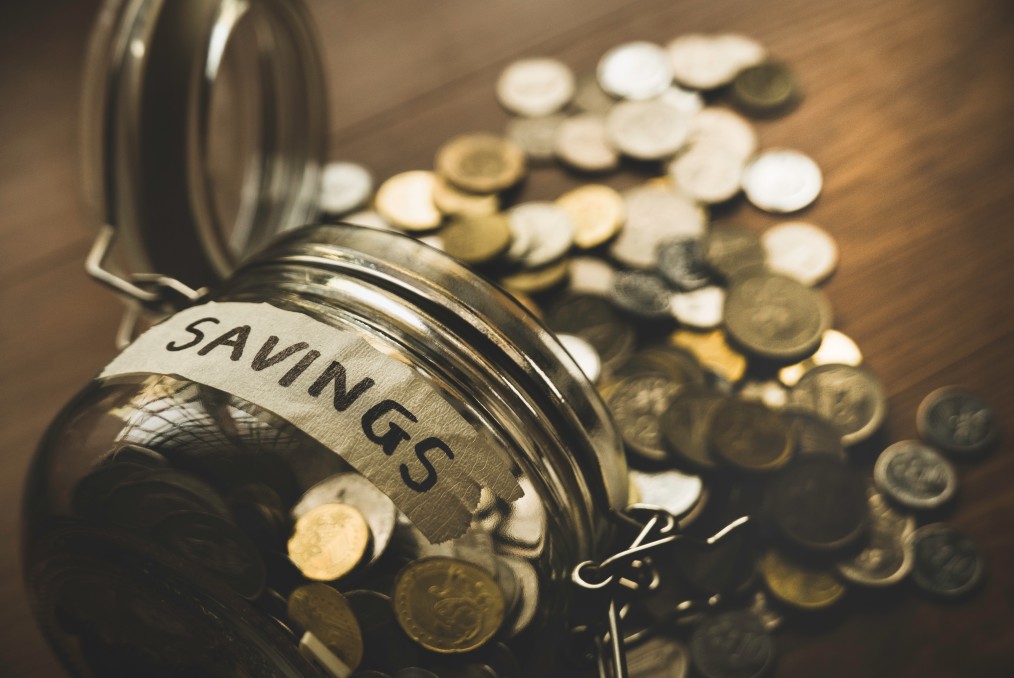Numerous eco-political factors are weighing on global growth. The current economy is facing a period of inflation and rising interest rates. Reduced global growth is often known as Stagflation. This economic problem can push unprepared countries toward a recession. A nation is only considered in a recession if it has faced two successive periods of declining Gross Domestic Product (GDP). This instrument measures the number of goods and services traded in the economy during the period. Given the depressed nature of business during Stagflation, it is natural for some economies to plunge into a recession. Recessions occur at least once every ten years and are pretty standard. Higher inflation combined with a Global economy means a weakened currency increases export costs.
Global Stagflation can occur due to advanced economies suffering from high inflation, high unemployment, and slow economic growth. These economies are major trading partners for some nations and can cause adverse trickle-down effects. During America’s Stagflation in the 1970s and early 1980s, many countries suffered with them as a trading partners suffered from decreased spending.

What is Stagflation?
Stagflation is a term that describes a period when an economy is facing stagnant growth, high inflation, and unemployment levels. It was during this time that consumers found products scarce. Familiar sights include gas station queues, spiraling prices, labor strife, and widespread retrenchment.
It is a problem because a declining economic output compounds rapid consumer price growth. Declining output is measured in terms of Gross Domestic Product (GDP). When an economy goes through two successive periods of declining GDP, it is considered a recession. The high unemployment levels experienced during Stagflation led to lower spending.
Inflation occurs when the economy is strong. During periods of low unemployment, it can keep up with inflation. When the economy is in Stagflation, it means both exist simultaneously. Rapid price growth and widespread joblessness are challenging, forcing the Federal Reserve and Central Bank to act through fiscal policy.
What is a Recession?
Recessions often happen even in high-performing economies worldwide. It is pretty standard that contractions can follow substantial periods of expansion. The U.S. has had several recessions since 1945. These economic periods are often over within less than a year each. Looking at the global market, over 120 recessions have happened in high-performing economies between 1960 and 2007. When GDP decline is deep and lengthy, the period is known as a depression.
What Causes Stagflation?
Commodity price shocks and economic policy errors are the leading causes of Stagflation in an economy. When the pillars of an economy are heavily dependent on a few sectors, then any disruptions to the supply can cause harm to the flow of the economy.

Example of Stagflation
For example, The U.S. relies heavily on oil from the Organization of Arab Petroleum Exporting Countries (OPEC). In 1973, OPEC stopped all oil supplies to the U.S. through an oil embargo. This action made fuel scarce in the country. The price of energy began to quadruple, and expenses of goods across the country followed. This quick rise in inflation led to a sharp economic contraction. The cost of doing business in the country was rising; however, consumer demand had dropped because of deflated disposable incomes.
Oil is a fundamental part of most major economies, and the U.S. is no exception. The country would experience another supply shock of the commodity after the Iranian Revolution in 1979. The government would only recover from inflation and unemployment at the end of the decade close to the early 1980s.
It can worsen when the Federal Reserve and Central Bank use fiscal and monetary policy to fix individual problems. Rising government spending only leads to an increased money supply in the economy, which is a breeding ground for high inflation.
Does Stagflation cause Recession?
Stagflation occurs with less economic growth. For a country to be designated in recession, it must have experienced two-quarters negative economic growth. A shrinking economy can be compounded by high unemployment and inflation.
Example of Stagflation causing Recession
A typical example in history is often referred to as the “Volcker Shock,” The term came about from U.S. Federal Reserve chair Paul Volcker. Under his command, the Federal Reserve began raising interest rates sharply in the late 1970s and 1980s. The Reserve was doing this to curb the high inflation besieging the nation. America’s Stagflation would then lead to a deep global recession as most nations that trade with America felt the effects. Countries like Canada had soaring unemployment rates of around 13.1% in 1982.
How to get out of Stagflation?
Inflation soaring daily can cause panic amongst the citizens, investors, and public officials. Dealing with inflation is crucial to getting consumers to spend more. Inflation is often the result of a bottleneck blockage in the supply chain of a major commodity in the economy. It is important to have oil prices decline and supply-chain bottlenecks clear to quickly recover from Stagflation. With these fundamentals correctly handled, it is possible to reduce inflation relatively quickly.
Once inflation is dealt with, the central banks and consumers can proceed with a clear mind. The extra breathing room will allow them to introduce fiscal policy without causing panic gradually. The Federal Reserve raises interest rates slowly, leaving less room to trigger a recession. Confidence is a massive factor in fixing the economy. Continuous policy redirection leads to the concern amongst the public that the central bankers cannot control inflation. Mistrust in the economy management will cause consumers to expect permanently higher inflation. Their spending habits will be fueled by fear of high inflation, leading to higher inflation, like a self-fulfilling prophecy.







































